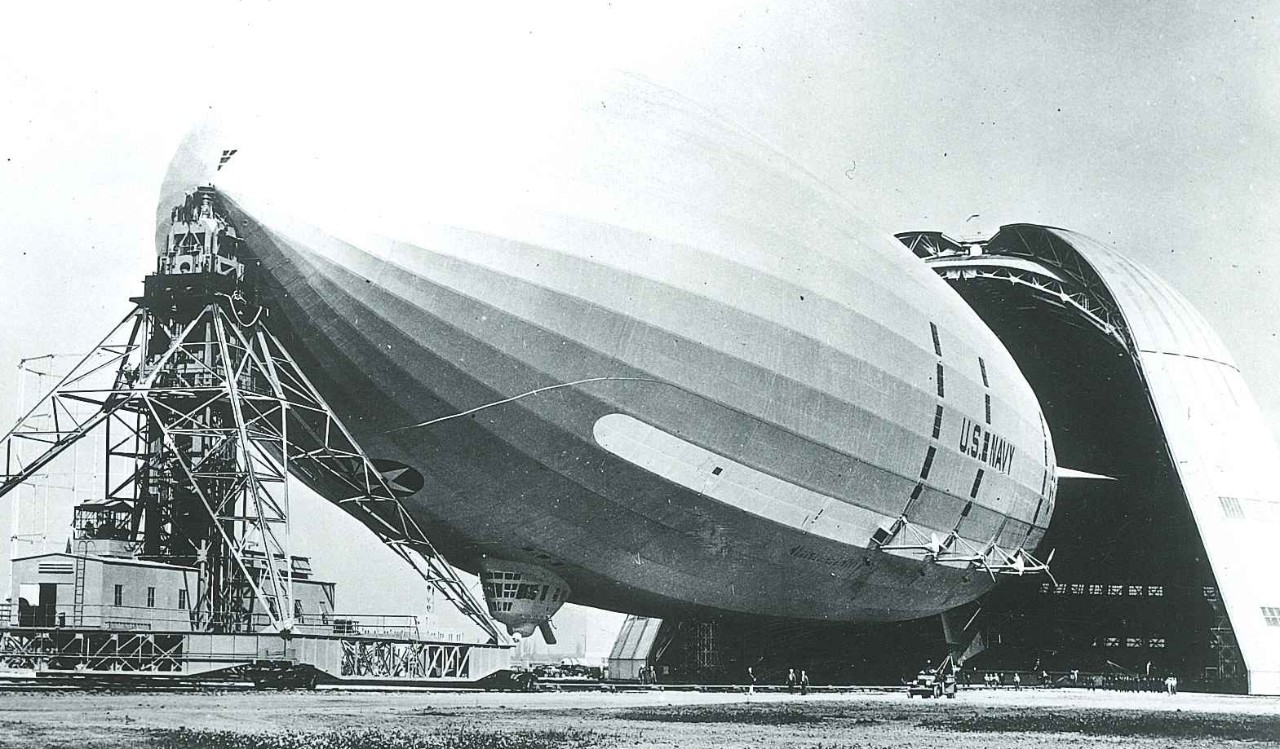NMUSN-5166: USS Macon (ZRS-5), March 1934

Download Image:
Low (PNG, 319x319px, 84KB)
Med (JPEG, 1280x1280px, 268KB)
Low (PNG, 319x319px, 84KB)
Med (JPEG, 1280x1280px, 268KB)
Caption:
Topic
- Aviation
- Aircraft--Fixed Wing
Document Type
- Photograph
Wars & Conflicts
Navy Communities
File Formats
- Image (gif, jpg, tiff)
Location of Archival Materials
- National Museum of the U.S. Navy
Recipient Name



